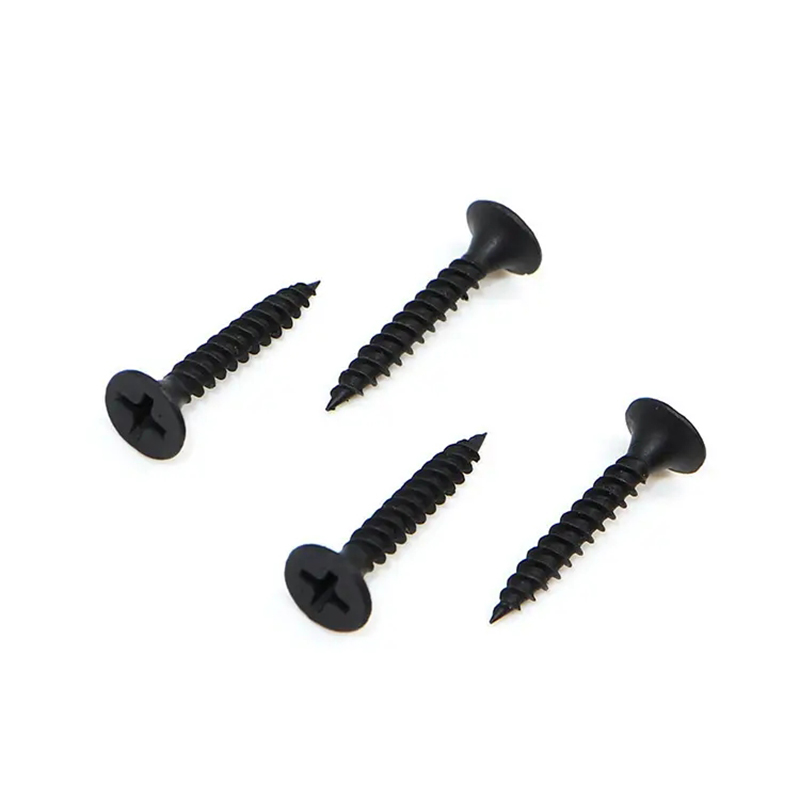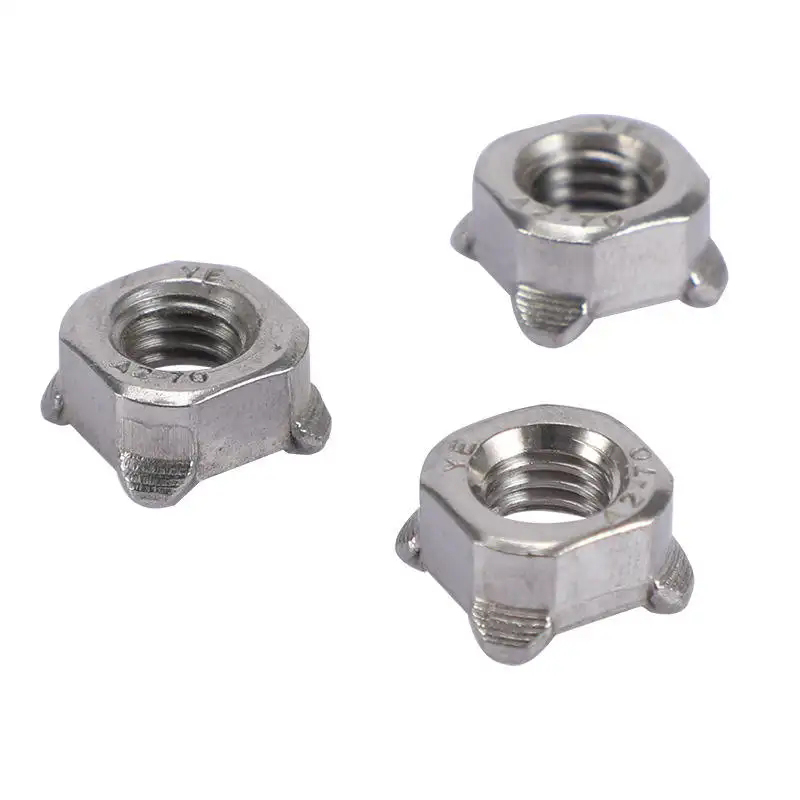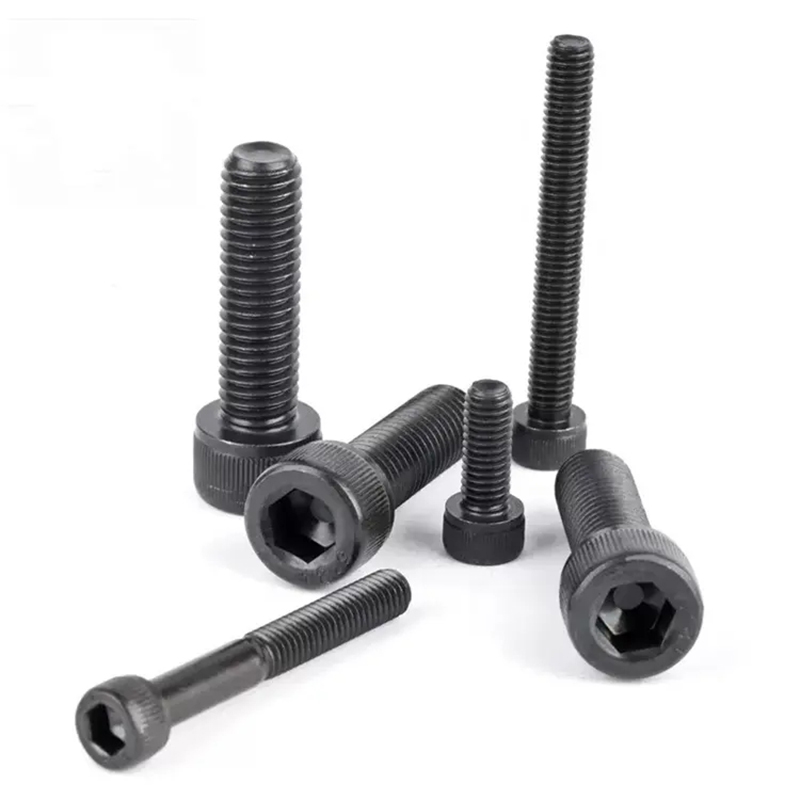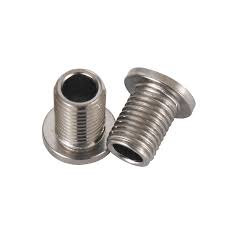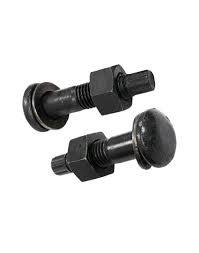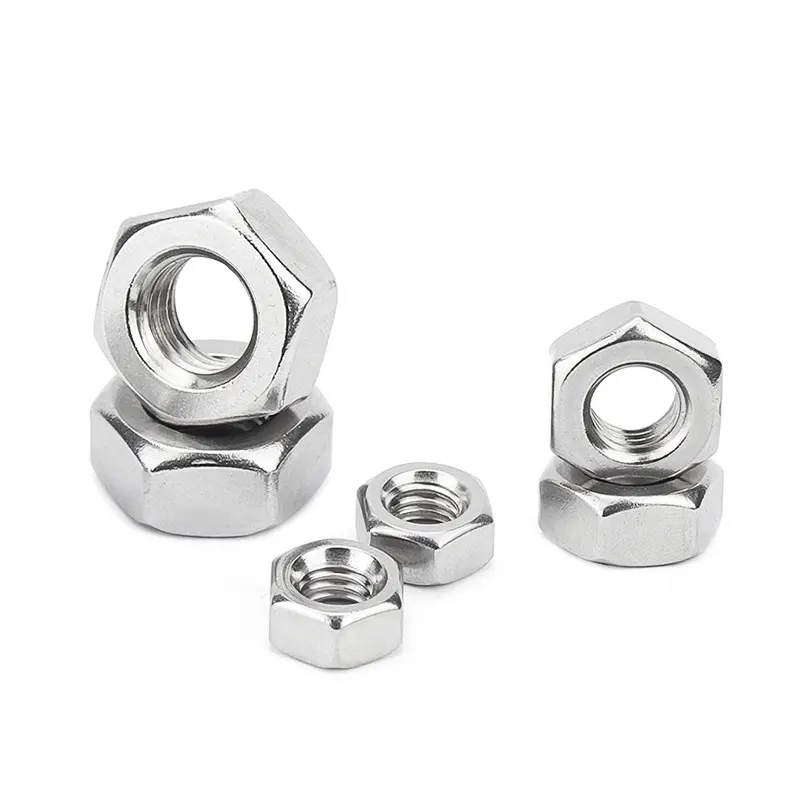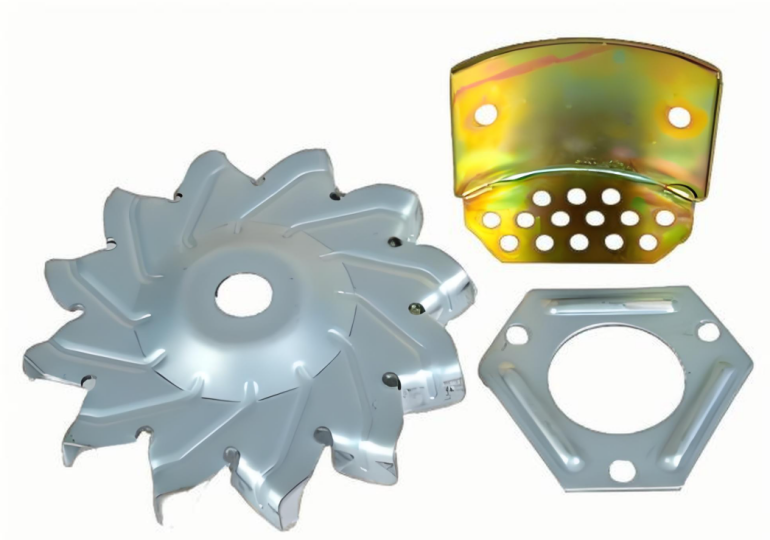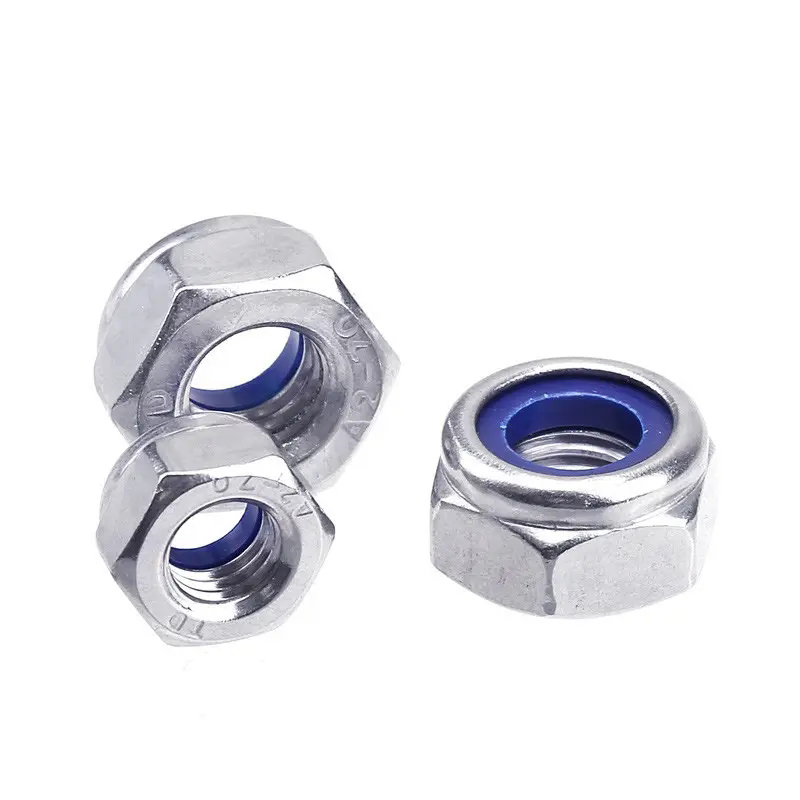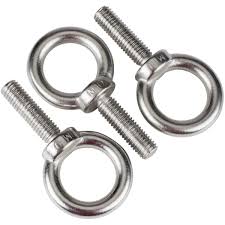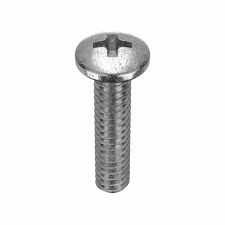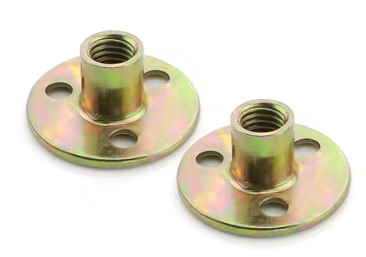

This guide provides a comprehensive overview of rivnuts, helping you understand their applications, selection process, and installation techniques. Learn about different types of rivnuts, their advantages and disadvantages, and how to choose the right rivnut for your specific project. We'll also cover best practices for installation and provide resources to help you source high-quality rivnuts.
Rivnuts, also known as rivet nuts or self-clinching fasteners, are threaded inserts that are installed into a hole in a workpiece using a riveter. They create strong, permanent internal threads without the need for welding or tapping. This makes them a popular choice in various industries for their efficiency and reliability. They are particularly useful for joining materials that are difficult to thread directly, such as thin sheet metal or plastics.
Several types of rivnuts are available, each with its own unique characteristics and applications:
These are the most common type of rivnut and are suitable for a wide range of applications. They offer a good balance of strength and cost-effectiveness.
Open-end rivnuts provide access to the threaded portion, making them ideal for applications where screws need to be inserted from the opposite side of the workpiece.
Closed-end rivnuts offer enhanced protection against debris and damage. This type is perfect for applications requiring a cleaner finish or where environmental protection is crucial.
Various specialty rivnuts are available to meet specialized needs, including those with special thread types, materials, or finishes. Consult with a fastener supplier to find the best option for your application.
Selecting the correct rivnut depends on several factors, including material thickness, material type, required load-bearing capacity, and the available installation tools. Consider the following:
Ensure the rivnut material is compatible with the workpiece material to avoid corrosion or other issues. Steel rivnuts are commonly used with steel workpieces, while aluminum rivnuts are often used with aluminum or other softer materials.
Select the appropriate thread size and type to match the screw you plan to use. Common thread types include metric and UNC/UNF.
Consider the installation method and tools available to ensure a proper and efficient installation process. Manual, pneumatic, or hydraulic riveters can be used, depending on the application and volume.
Correct rivnut installation is crucial for ensuring proper functionality and preventing failures. The specific procedure may vary slightly depending on the type of rivnut and installation tool. Generally, the process involves placing the rivnut in the hole, setting it using the riveter, and checking its seating.
High-quality rivnuts are crucial for the success of your project. Sourcing them from a reputable supplier ensures quality and reliability. For a wide selection of high-quality rivnuts and fasteners, explore the offerings from Hebei Dewell Metal Products Co., LTD. Visit their website to learn more about their extensive product line.
Understanding the various types of rivnuts, their applications, and proper installation techniques is essential for successful projects. By carefully considering the factors outlined in this guide, you can select and install rivnuts efficiently and effectively. Remember to always source your rivnuts from a reputable supplier to ensure quality and reliability.
| Rivnut Type | Material | Advantages | Disadvantages |
|---|---|---|---|
| Standard Rivnut | Steel, Aluminum, etc. | Versatile, Cost-effective | May not be suitable for all applications |
| Open-End Rivnut | Steel, Aluminum, etc. | Easy screw access | Less protection against debris |
| Closed-End Rivnut | Steel, Aluminum, etc. | Enhanced protection | More expensive |

